Back in June, Tim McDonald was able to check out an early preview of King’s Bounty II, an adventure RPG from 1C Entertainment that promises to go back to the series’ roots. Tim was only able to play as the Warrior Aivar in the previous build. As such, I decided to choose Katharine, the Mage class, this time around.
Katharine has innate bonuses for learning “Air & Fire” and “Death & Darkness” spells. Likewise, she lowers the morale penalties incurred by Finesse-type units if there are troops of other ideals (more on this concept later). There’s also a third class, a Paladin who provides boons to armor and resistances, though the character will remain unnamed for now.
Morality and ideals in King’s Bounty II
King’s Bounty II has a morality or ideal system that comes into play whenever you complete quests. This concept is also tied to the talent tree where you pick your perks, as well as the units that you recruit. There’s the Order ideal which represents doing good deeds or following the law. You’ll see this when your character attempts to help downtrodden refugees or when you report criminal activity to the guard captain. Naturally, you’ll obtain boons for spearmen, archers, knights, royal mages, and spirits of light.
Order opposes Anarchy, an ideal that implies going down the dark path. For example, rather than returning an amulet to its rightful owner (Order), you’d hand it over to a ruffian (Anarchy). Those who follow this role would be better off with units like assassins, raiders, ghosts, and various undead.
The other two ideals are Power and Finesse, also diametrically opposed. Power means resorting to brutish actions, like deciding to immediately fight evil spirits or battling a powerful Chimera. Finesse, meanwhile, is about using your wits, guile, and arcane knowledge to solve problems. For instance, instead of immediately battling these denizens, you can look for puzzle solutions or a means of distraction.
Power-type units include wild animals (i.e., wolves, bears, and eagles), as well as dwarves (i.e., militiamen and housecarls). As for Finesse, you’ll often see magical creatures like stone elementals, golems, and wind spirits. To clarify, sticking to an ideal doesn’t mean you can’t field a unit of a different type in the early game. However, you do need to take note of morale effects when your selections don’t match.
Turn-based battles
The start of my character’s journey in King’s Bounty II saw her release from prison. I then engaged in several turn-based battles, many of which were part of quests. Examples include fighting corrupt guards, helping an eagle tamer by defeating bandits in an outpost, aiding an entity who ends up summoning the undead in a swamp, and speaking to the Scryer to undertake trials.
Veterans of turn-based RPGs will feel right at home. You’ll move units on hexes, snipe foes from afar with your missile units, and rush through hostiles with your infantry. Since singular unit types are based on squads, taking enough damage will make you lose a number of soldiers. Thankfully, you can replenish your losses via healing, a post-battle option that costs gold. Alternatively, you can bring out soldiers from your reserves.
The character you choose doesn’t actually fight in these battles as a unit. Instead, they’ll simply cast offensive and defensive spells each turn. Given that I picked Katharine the Mage, you can bet that I was spamming Burning Ray (a fire-based spell) as often as possible.
Flaws that put the “no” in Nostria
Regrettably, the King’s Bounty II build that I played had a litany of issues. For instance, it was a bit hard to distinguish which unit was supposed to take its turn during battles. There’s a number denoting initiative, but I’d sometimes forget which ones have already completed their actions. I would very much prefer a bar or feature at the bottom of the HUD showing the ordering of units instead. Similarly, moving your troops won’t necessarily tell you if you’ve got line-of-sight (or if the enemy can spot you). It led to moments when I deployed my archers and mages incorrectly because I assumed that they’d be able to hit targets that are further away.
Then, there’s general exploration. Although the environments are vibrant and picturesque, with all the RPG flair you can think of, character movement and animations feel clunky. Your character has only two speeds: walk and jog, which really slows down the pace. Although you do have a mount, the controls can sometimes feel cumbersome. You’d also need to dismount each time you have to interact with a chest, object, or NPC, making the process tedious and jarring.
Finally, the spell, unit, and inventory tooltips could use a bit of work. I must’ve sold the wrong items a couple of times because I had tooltips enabled, and these prevented me from clicking on another item that they overlapped with.
Mind you, this is still an early access build of the game, so these problems are expected. We’ve also been told that a plethora of fixes will arrive eventually.
In any case, this preview build was just meant to showcase the first 10 hours of the campaign. Indeed, the Crownlands region told me of numerous conspiracies and threats, as well as a prophecy related to your character.
Then, by the time I got a quest to visit the Mage’s Tower, I realized that the gate in the village of Rickville can’t be opened past that point. This left me wanting more, and I eagerly await how 1C Entertainment would conclude the rest of the journey once King’s Bounty II releases on August 24.

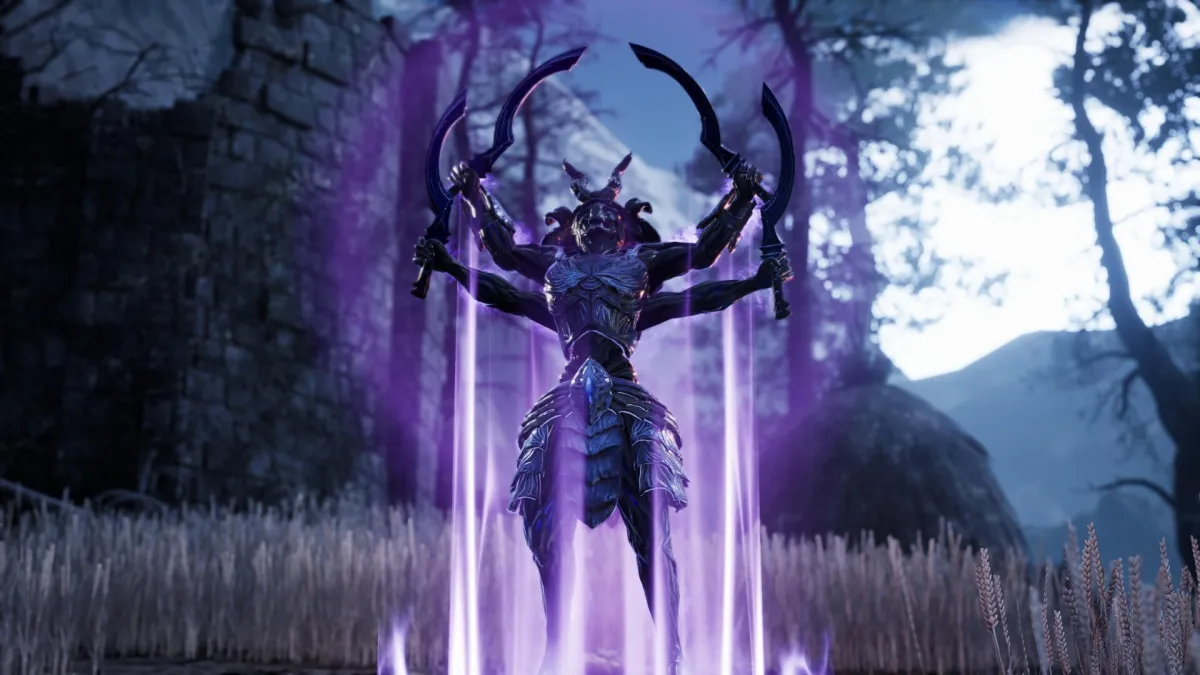

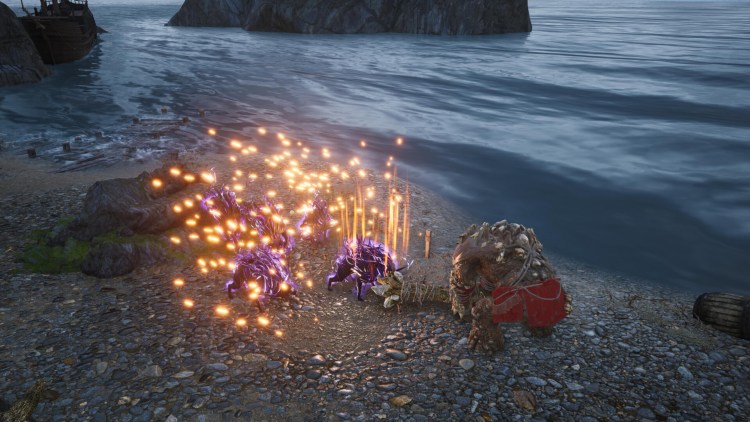



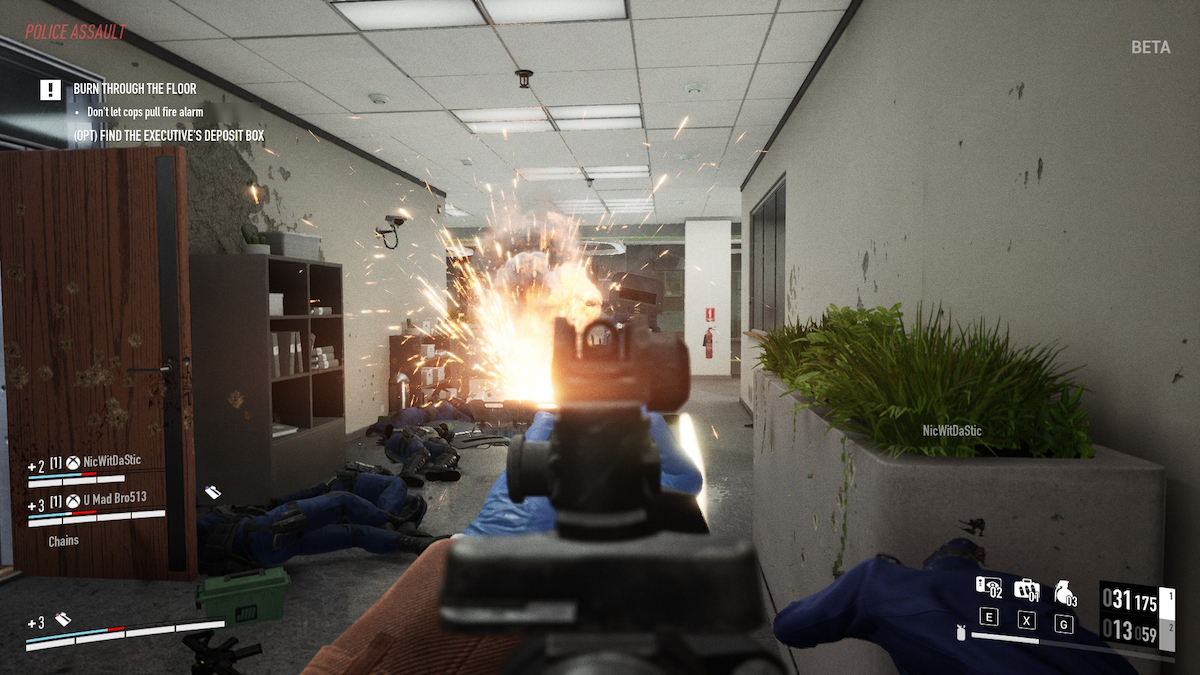
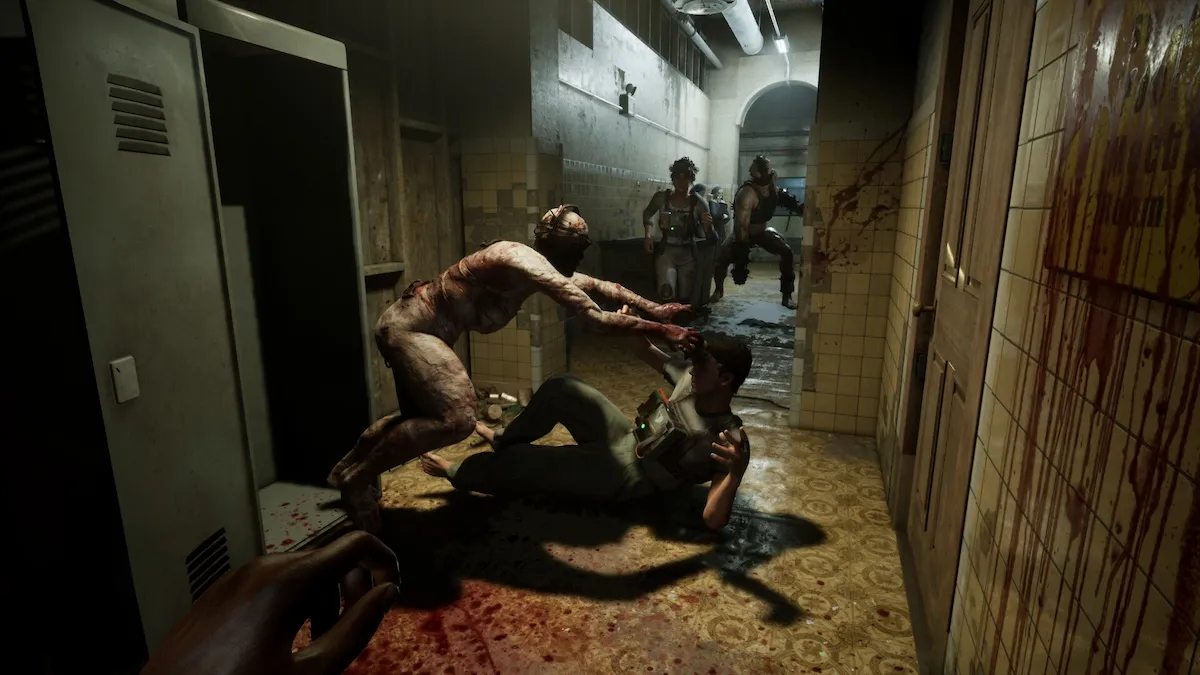
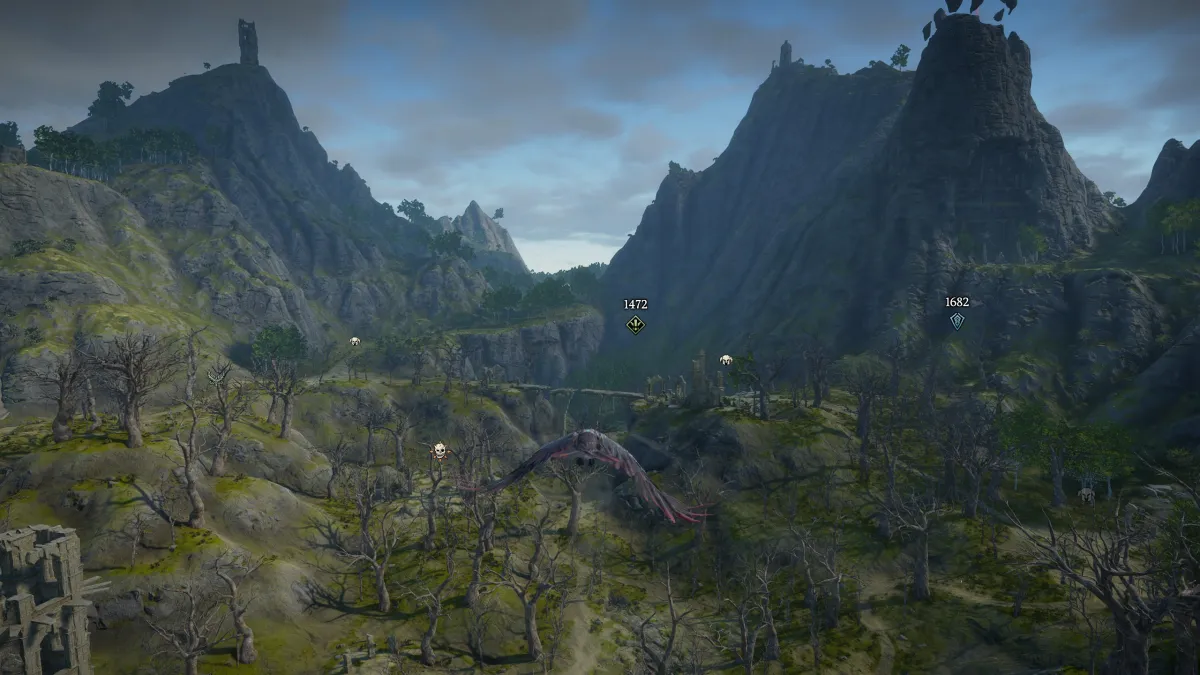
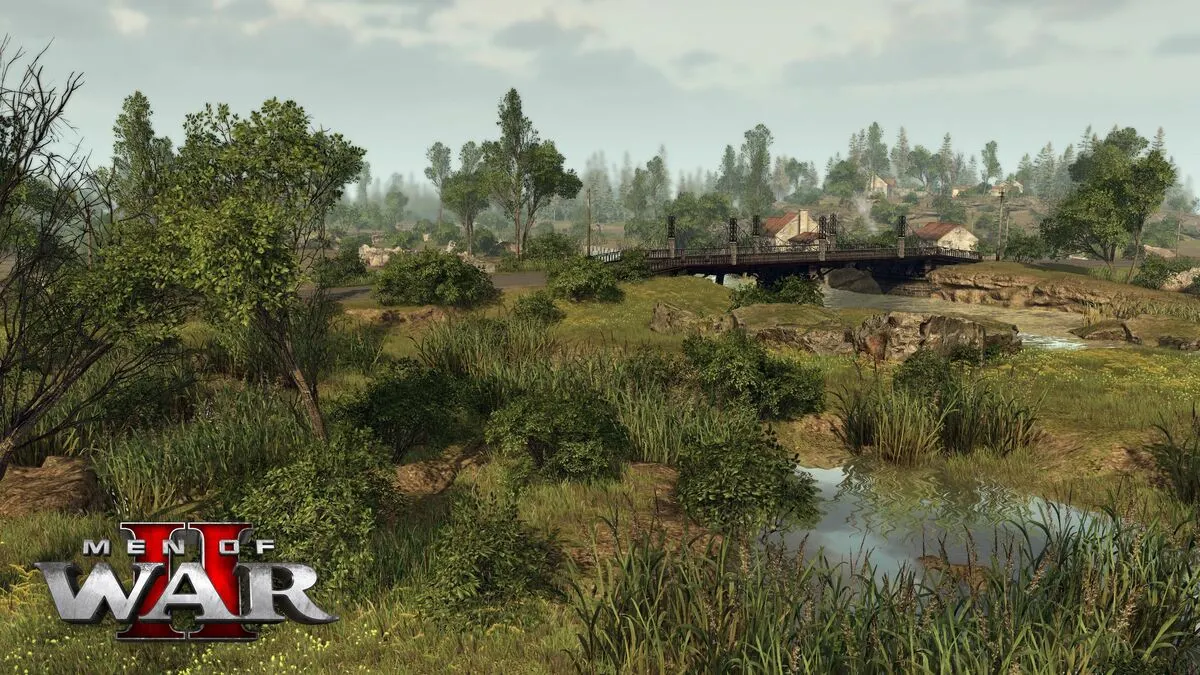

Published: Jul 17, 2021 05:00 pm